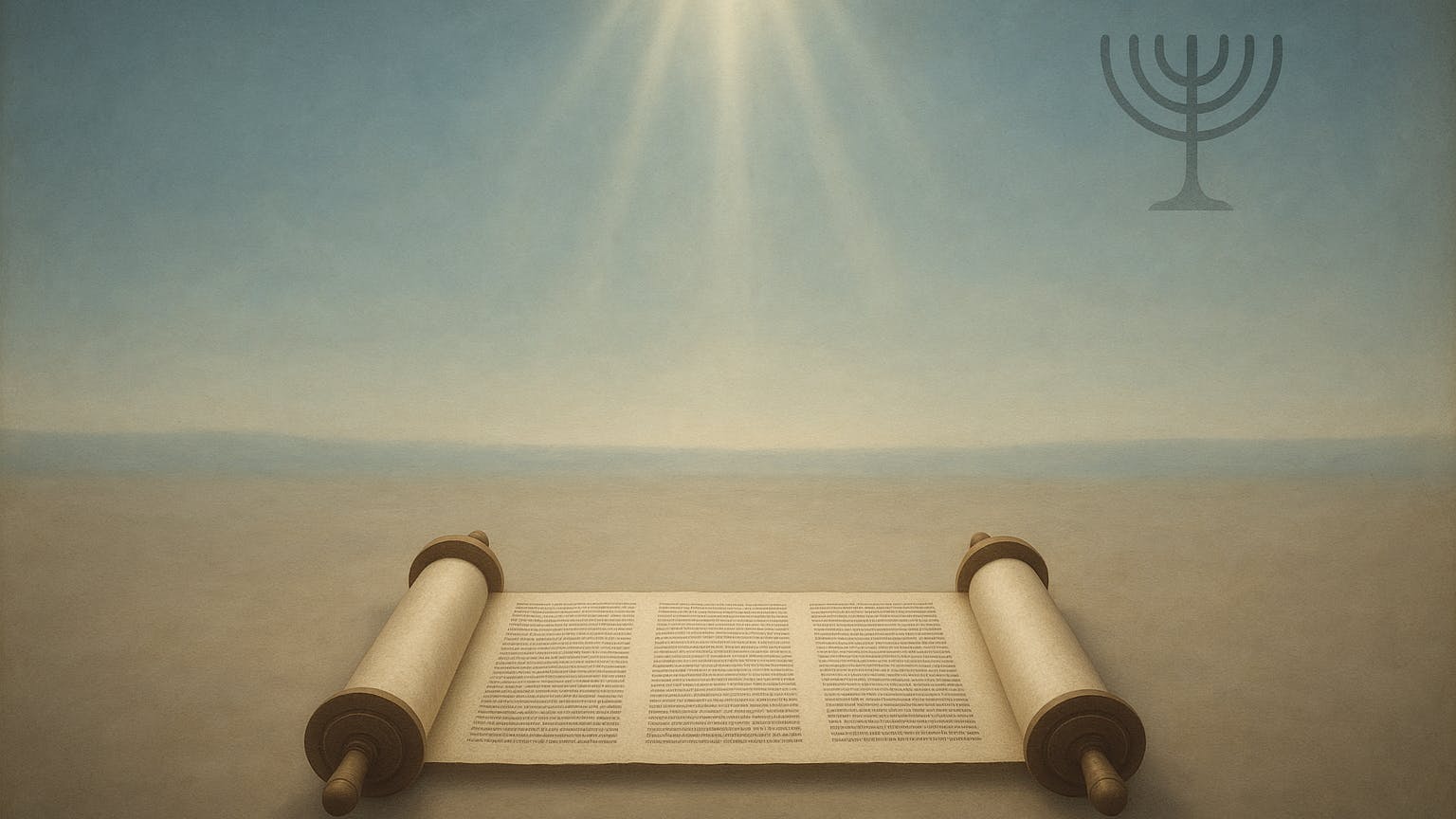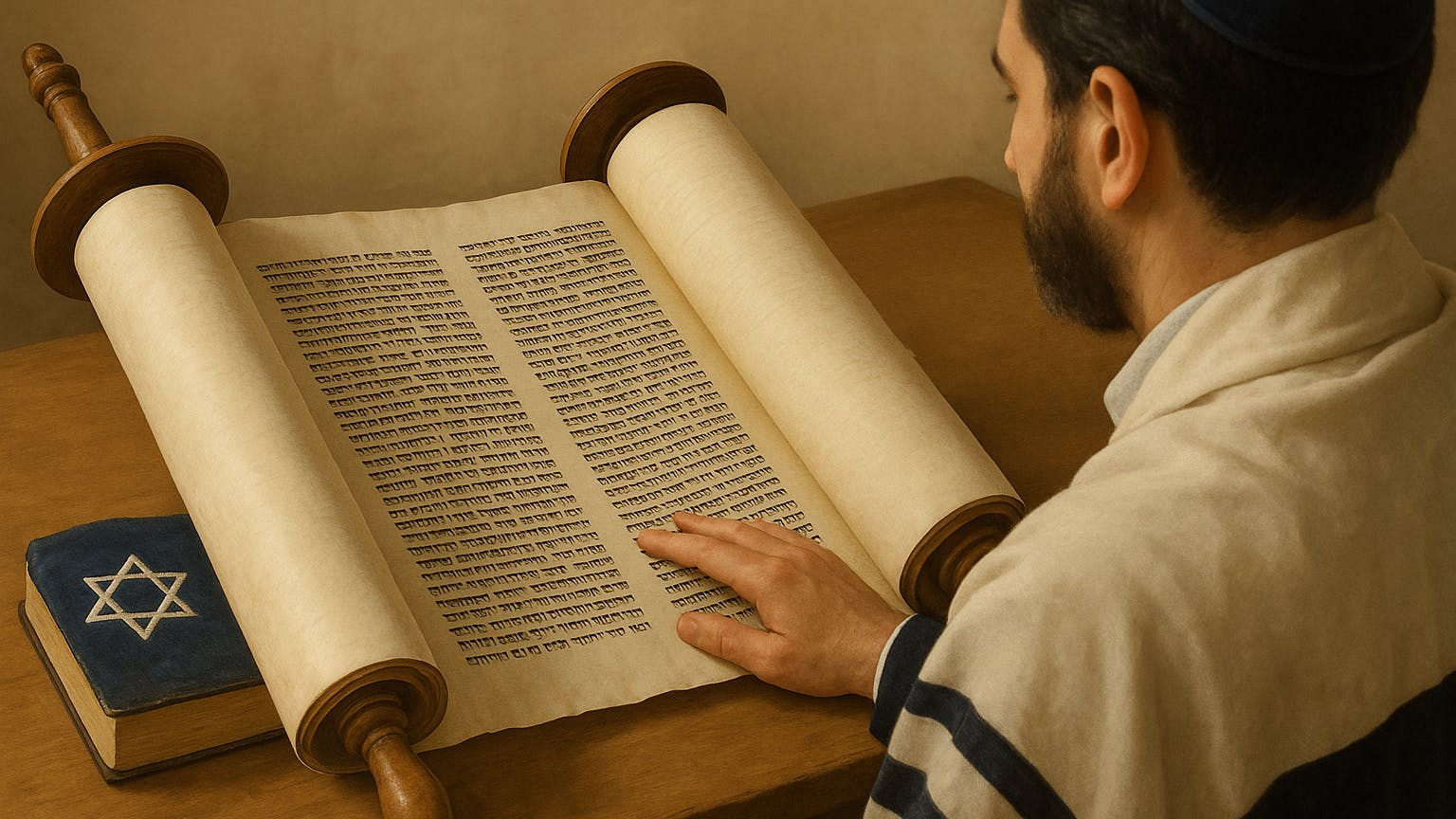The First Destruction — and the Promise of Return
Through Jeremiah, God made His purpose clear (Jeremiah 25:11–13):
“And this whole land shall be a desolation, and an astonishment; and these nations shall serve the king of Babylon seventy years. And it shall come to pass, when seventy years are accomplished, that I will punish the king of Babylon, and that nation, saith the Lord, for their iniquity, and the land of the Chaldeans, and will make it perpetual desolations.”
Even in captivity, Daniel found assurance in the same promise. He studied Jeremiah’s writings and understood that the desolations of Jerusalem would last seventy years (Daniel 9:1–2):
Daniel 9:1–2
“In the first year of Darius the son of Ahasuerus, of the seed of the Medes, which was made king over the realm of the Chaldeans; In the first year of his reign I Daniel understood by books the number of the years, whereof the word of the Lord came to Jeremiah the prophet, that he would accomplish seventy years in the desolations of Jerusalem.”
The first exile was therefore limited, and hope was built into it. God Himself set the bounds of judgment and promised restoration. The Jewish people could be comforted by knowing that it was only temporary, and that a return would occur soon.
The Second Destruction — Without Comfort or End
By contrast, the destruction of the Second Temple was not followed by prophetic comfort. Since Titus’ destruction of Jerusalem in A.D. 70, Israel has endured nearly two millennia without sacrifices, prophets, or a physical temple.
The prophet Hosea foresaw this long desolation (Hosea 3:4):
Hosea 3:4
“For the children of Israel shall abide many days without a king, and without a prince, and without a sacrifice, and without an image, and without an ephod, and without teraphim.”
This prophecy perfectly matches the lived experience of the Jews since that time. Even the modern return to the Land of Israel has not restored the sacrificial system, nor brought back any prophets.
The Reformation theologian Benedict Pictet recorded the wise and revealing but sobering words of the Jewish rabbi Abarbanel, who said that “with the losses his nation had sustained in the captivity of Babylon, it had lost wisdom among the rest.”
Two Temples, Two Outcomes
The difference between the two destructions could not be greater:
- The first was temporary; the second has endured for centuries.
- The first came with promises of return; the second brought silence.
- The first ended in rebuilding; the second has never been restored.
This raises a natural question: why did God bring the sacrifices to an end, leaving no new temple to replace the old? What purpose could there be in allowing the heart of Israel’s worship to vanish for so long?
According to the biblical timeline (following Archbishop James Ussher), more time has now passed since the destruction of the Second Temple—almost two thousand years—than from the building of the tabernacle in the wilderness to that destruction (about 1,500 years). By 2026, Israel will have been without a temple five centuries longer than it ever had one.
The True and Everlasting Temple
The answer lies in the coming of the Messiah. The Second Temple was destroyed to make way for the third and eternal temple — not of stone, but of flesh and spirit: Jesus Christ Himself.
God appointed His Son to be the true atoning sacrifice for sin, fulfilling all that the Law prefigured. Daniel foresaw both the coming of the Messiah and the end of temple sacrifices (Daniel 9:26–27):
Daniel 9:26–27
“And after threescore and two weeks shall Messiah be cut off, but not for himself: and the people of the prince that shall come shall destroy the city and the sanctuary... and in the midst of the week he shall cause the sacrifice and the oblation to cease.”
Around A.D. 33, Messiah was “cut off” — crucified, yet not for Himself. His death brought the temple system to its appointed conclusion.
The Messiah’s Death and Resurrection Foretold
The Messiah’s suffering and resurrection were foretold long before His birth. David prophesied (Psalm 16:10):
“For thou wilt not leave my soul in hell; neither wilt thou suffer thine Holy One to see corruption.”
David died and saw corruption; Jesus did not. He rose again the third day, fulfilling Hosea’s words (Hosea 6:2–3):
“After two days will he revive us: in the third day he will raise us up, and we shall live in his sight.”
Isaiah also foresaw this redemptive work (Isaiah 53:9–12):
Isaiah 53:9–12
“Yet it pleased the Lord to bruise him; he hath put him to grief... he shall see of the travail of his soul, and shall be satisfied: by his knowledge shall my righteous servant justify many; for he shall bear their iniquities. Therefore will I divide him a portion with the great, and he shall divide the spoil with the strong; because he hath poured out his soul unto death: and he was numbered with the transgressors; and he bare the sin of many, and made intercession for the transgressors.”
Here the Messiah dies, yet lives again.
The truth is that the animal sacrifices offered in perpetuity were only temporary. They were therefore shadows pointing to the true offering of Christ, as Scripture says: “For it is not possible that the blood of bulls and of goats should take away sins” (Hebrews 10:4).
The Problem of Sin and the Need for Atonement
God is perfectly holy — “of purer eyes than to behold evil” (Habakkuk 1:13). Yet mankind is deeply sinful:
- “There is none that doeth good” (Psalm 14:3).
- “The heart is deceitful above all things, and desperately wicked” (Jeremiah 17:9).
- “Every imagination of the thoughts of his heart was only evil continually” (Genesis 6:5).
David himself confessed, “Enter not into judgment with thy servant: for in thy sight shall no man living be justified” (Psalm 143:2).
If none can be justified by works, salvation must come by faith. As Habakkuk declared, “The just shall live by his faith” (Habakkuk 2:4). Our righteousness is as “filthy rags” (Isaiah 64:6). Only the righteousness of the Messiah can make us clean before God.
Jacob himself trusted in this Redeemer when he blessed his sons, calling on “the Angel which redeemed me from all evil” (Genesis 48:16) — not a created angel, but the divine Son of God, whom David calls “Lord” (Psalm 110:1), and of whom it is written, “Thy throne, O God, is for ever and ever” (Psalm 45:6).
The Presence of God Today
Israel therefore needs no physical temple made with hands. The true temple is Christ Himself — risen, ascended, and interceding for His people.
The destruction of the Second Temple was not the end of divine worship, but its transformation. Through Christ, the shadows have given way to the substance. God no longer dwells in buildings of stone, but in the hearts of those who believe.
And this same Jesus shall one day return — “in like manner as ye have seen him go into heaven” (Acts 1:11) — to judge the world.
Conclusion: The Temple That Cannot Be Destroyed
The Second Temple fell because the true and eternal Temple had come. The sacrifices ceased because the perfect Sacrifice was offered.
God Himself has built a temple that no human hand can touch, no army can destroy, and no time can erode — the living, everlasting Temple of His Son, Jesus Christ: we must trust in him.
More Topics
You might alsoo be interested in these topics.



